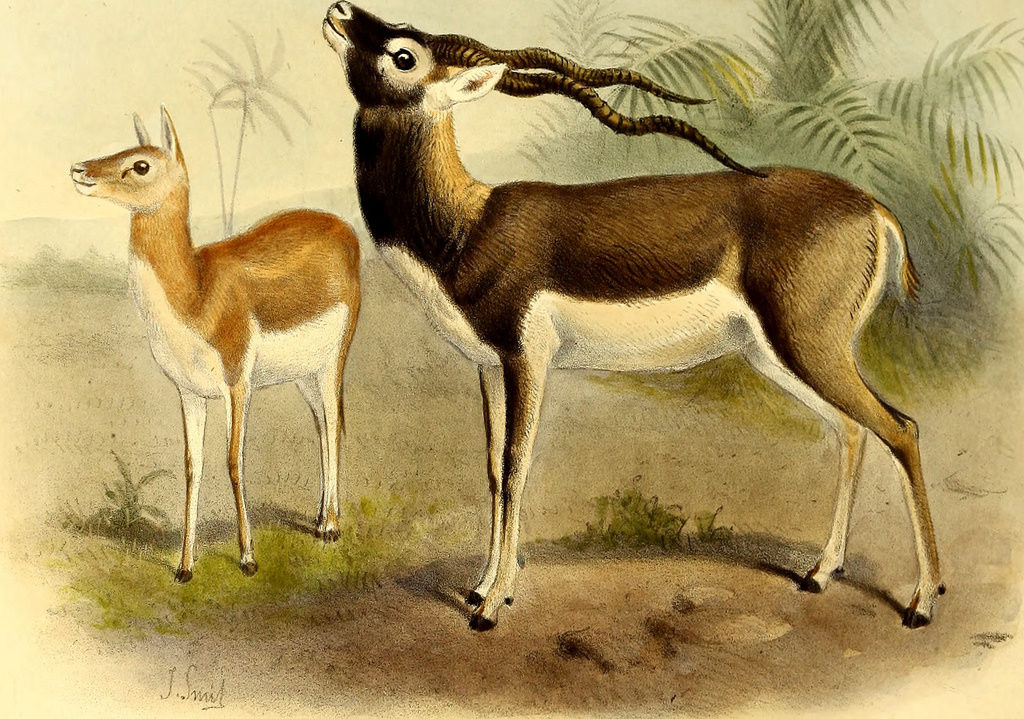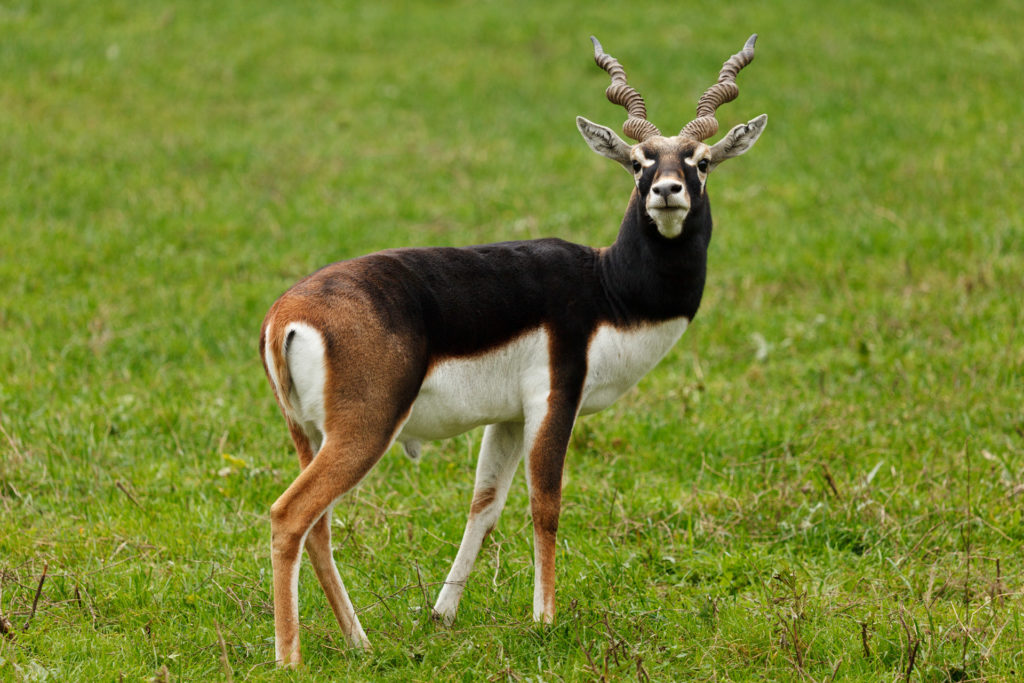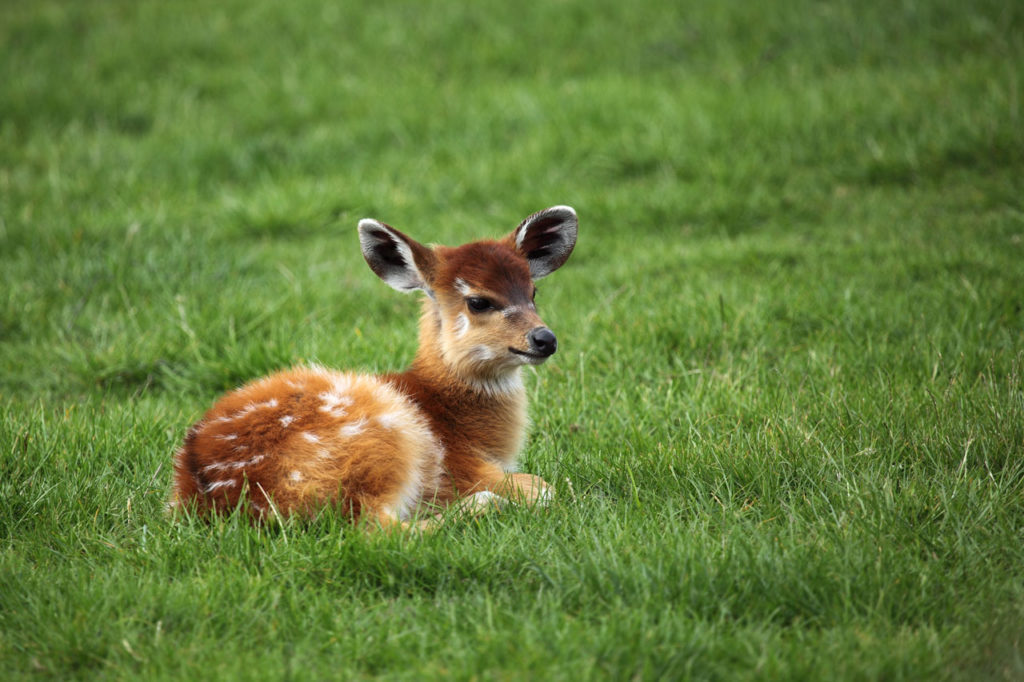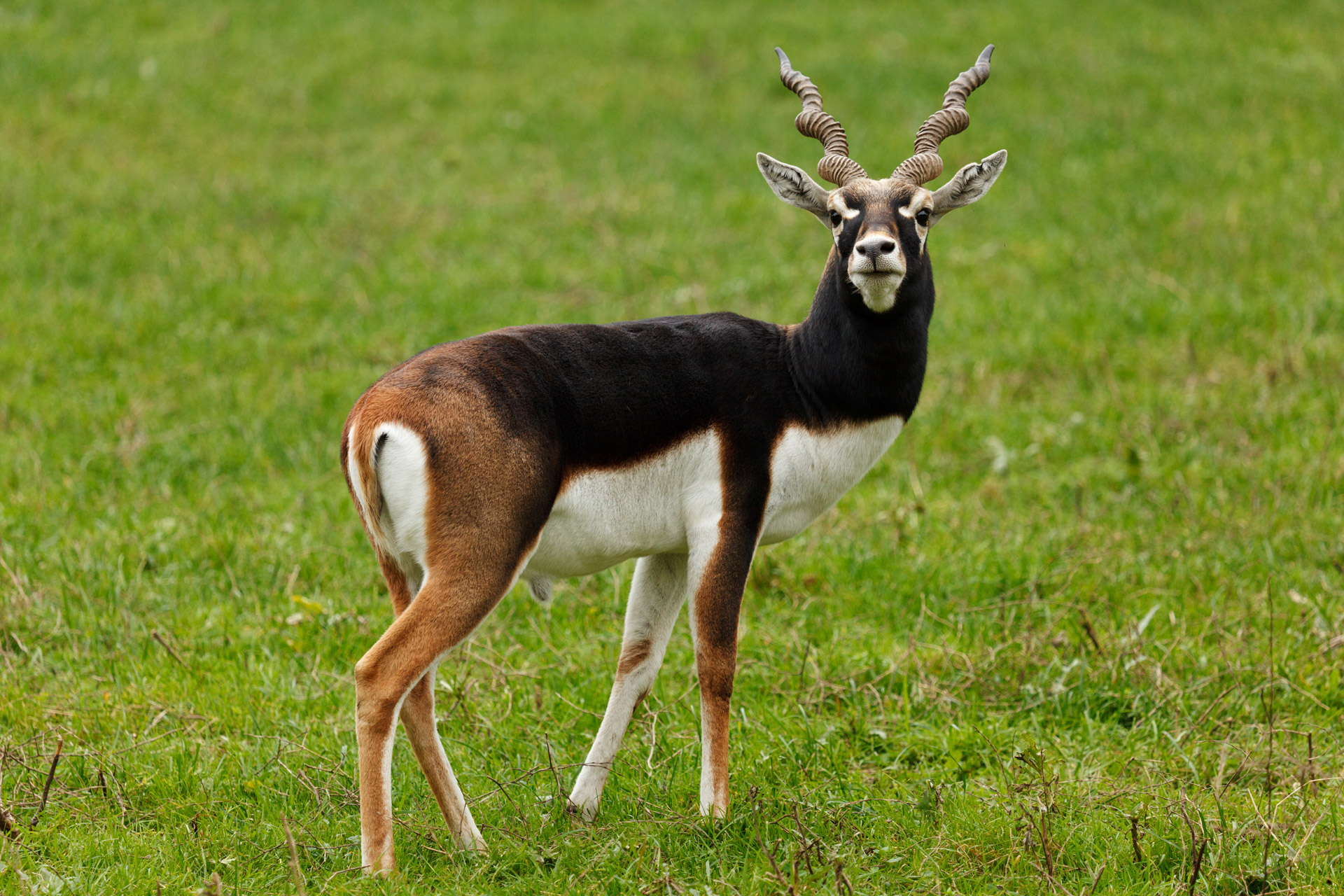Antelopes are a diverse group of the Bovidae, or cow, family. They live in Africa, Asia, the Middle East and North America. Below, you will find 27 more interesting and weird facts about antelopes to further improve your knowledge on these wonderful creatures.
1. Antelopes have even toed hooves, horizontal pupils, and stomachs that are adapted from re-chewing food, much like cows.
2. Antelopes vary a lot in size and shape. Big antelopes, like the Eland, are 6 foot tall and can weigh up to 1450 pounds, while the small antelopes, like the Royal, are about 10 to 12 inches in height.
3. Antelopes don’t regrow their horns annually. In fact, their horns grow continuously throughout their life.
4. Their bony horns vary in both shape and size. Some are straight while others are spiral or curved or even twisted.
5. Antelopes use their horns to fight against other antelopes during mating season or to protect themselves, or their herd, from many predators.
6. While horns are the norm for all male antelopes, some female antelopes also have them. Specifically, the larger antelopes like the Eland or Roan.

7. In some species of antelopes, the horns can grow to be up to 5 feet in length.
8. Some Asian antelope species even have 4 horns, instead of the normal 2.
9. Antelopes are known to be herbivores, meaning that they primarily eat grass. However, they have been known to eat shots and seeds as well.
10. They live in large herds, to better protect themselves against predators.
11. They have very well developed senses, which help them detect predators from long distances. This, coupled with their speed, gives them plenty of time to escape from even some of the fastest predators.
12. Some antelopes are known to reach speeds of up to 43 miles per hour. However, the largest antelopes, the Eland, are the slowest, due largely to their massive size.
13. Male antelopes are called “bucks.” Female antelopes are called “does.” Young antelopes are called “calves.”

14. Depending on which species of antelope they are, the pregnancy period can last from 4 to 9 months. Since the offspring is such an easy target for predators, the mother antelope will keep its location a secret until it becomes strong enough to outrun them.
15. When young antelopes are strong enough to join the herd, they will spend almost all of their time with the other young offspring of the herd.
16. Antelopes are known to live for around 10 years in the wild, and for up to 20 years in captivity. This is due to the lack of predators while they’re in captivity.
17. The word “antelope” has been used to describe many horned mammals in the Bovidae family of animals.
18. Some species of antelope is known for their massive herds. Some of these herds can have thousands of members making their annual migration across the African plains.
19. While antelopes are herbivores, some rare species are known to kill and eat insects, small mammals and birds.
20. Antelopes communicate with one another using different sounds. They also use scent to signal to other members of their herd. These signals are known to linger for many days.
21. Antelopes that live in herds have special glands in their hooves that leave a scent, in order to record their movement in the ground. If an antelope was to separate from its herd for any reason, it can use this scent to find its way back to the herd.

22. Antelopes have eyes on the sides of their heads and with their elongated horizontal pupils, it gives them a broad view of any danger that comes from back and front.
23. Mating behaviours in antelopes vary from species to species. For example, dik-diks pair up for life, while in other species, male antelopes will fight for control of a small mating area, known as lek. Males who hold their ground at the center of the lek, mate with as many females as they can.
24. About 25 species of antelope are rated as endangered by the IUCN. Some of these species are the dama gazelle and the mountain nyala.
25. Desert antelope, like the dama gazelles and the addex, don’t need to drink water as they can get all of their moisture from food.
26. The impala species of antelope are known to leap 9 meters, or 30 feet, horizontally in a single stride. They can also jump up to 3 meters, or 10 feet, in a single jump.
27. The klipspringer, another species of antelope, is the highest jumper in relation to its body size. At about 60 centimeters, or 2 feet tall, it can jump up to 15 times its own height.





3 Comments
Pingback:
December 23, 2017 at 6:12 pmPingback:
December 26, 2017 at 12:20 pmPingback:
December 31, 2017 at 5:03 pm